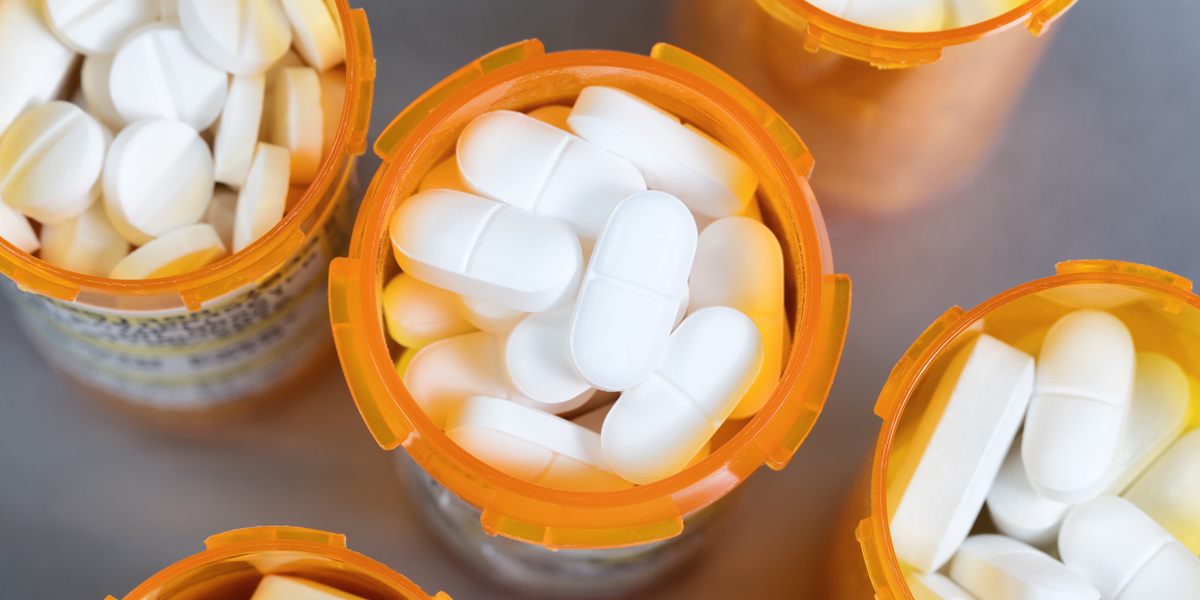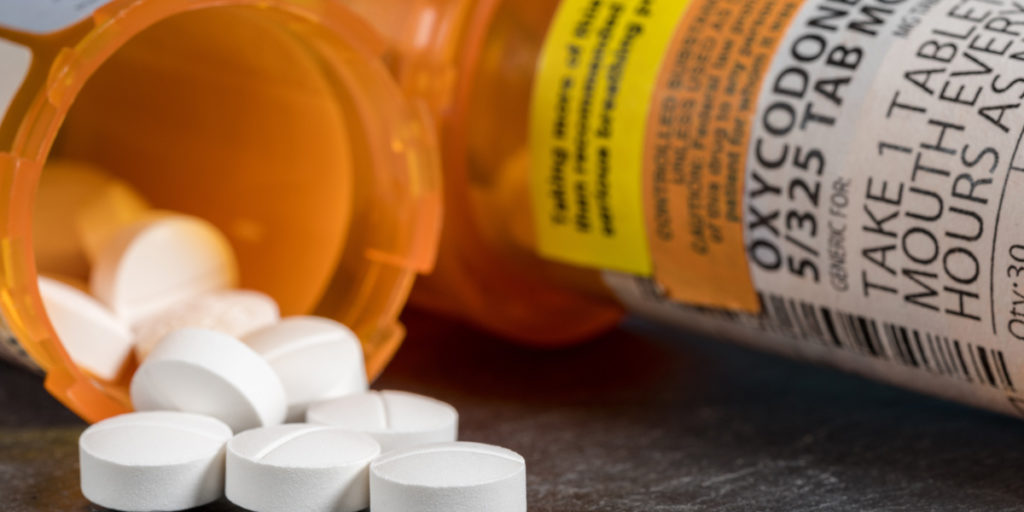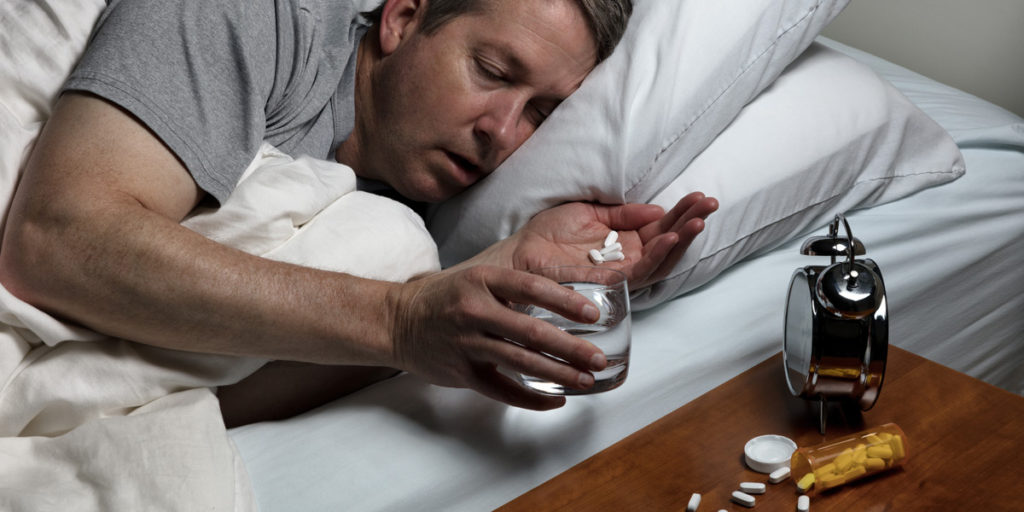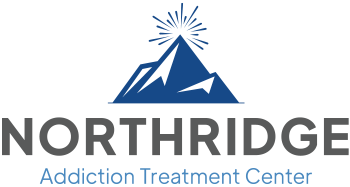Opioid Use Disorder: What Is Opioid Addiction?

Opioid Use Disorder
The American Psychiatric Association‘s Diagnostic and Statistical Manual of Mental Disorders, 5th Edition (DSM-5), defines opioid use disorder, also referred to as opioid addiction, as a problematic pattern of opioid use leading to problems or distress, with at least two of the following eleven things happening within 12-months:
- Taking larger amounts or taking drugs over a longer period of time than intended
- Persistent desire or unsuccessful efforts to cut down or control opioid use
- Spending a great of time obtaining or using the opioid or recovering from its effects
- Craving, or a strong desire or urge to use opioids
- Problems fulfilling obligations at work, school, or home
- Continued use despite having recurring social or interpersonal problems
- Giving up or reducing activities because of opioid use
- Using opioids in physically hazardous situations
- Continued opioid use despite ongoing physical or psychological problem likely to have been caused or worsened by it
- Tolerance (the need for increased amounts or diminished effect with continued use of the same amount)
- Experiencing withdrawal symptoms (opioid withdrawal syndrome) or taking opioids (or a closely related substance to relieve or avoid withdrawal symptoms
What Are Opioids?
Opioids are a family of drugs that include the illegal drug heroin, prescription pain relievers, and synthetic opioids like fentanyl, which are made in labs to mimic the effects of natural opioids.
According to the American Medical Association (AMA), approximately 19% of individuals who take prescription opioid medications develop an addiction to them. And about 45% of individuals who use illegal drugs such as heroin started with an addiction to prescription opioids.
Opioid Examples
Common Prescription Opioids
- Oxycodone (Oxycontin, Percocet)
- Hydrocodone (Vicodin)
- Morphine
- Codeine

Common Synthetic Opioids
- Fentanyl
- Methadone
- Tramadol
- Carfentanil
Are Opioids Depressants?
Opioids are central nervous system depressants, which means they can slow down breathing, and like all other depressants, such as alcohol and Xanax, it can result in not enough oxygen reaching the brain, causing coma, brain damage, or death.
How Do People Misuse Opioids?
Prescription opioids are pain relievers that effectively treat chronic pain because they interact with our nerves’ opioid receptors helping block the effects of pain. However, regular use can cause physical dependence within as little as 4 to 8 weeks, leading to opioid misuse and possibly resulting in abuse and addiction.
Public Health Services Address the Opioid Crisis
According to the National Institute of Health (NIH), chronic pain is a major public health problem, affecting an estimated 100 million adults in the United States, about one-third of the population. Thus, making opioid prescriptions for pain relief a gateway to widespread use and misuse, growing into an alarming public emergency.
The National Institute on Drug Abuse (NIDA) leads the NIH and the Centers for Disease Control and Prevention (CDC) on substance use disorder research involving opioid overdose deaths to provide scientific solutions to treatment strategies.
In 2017, to combat the opioid epidemic in the United States, the Department of Health and Human Services (HHS) declared a public health emergency to reduce drug overdoses. They developed a five-point strategy to combat the opioid crisis and understand the epidemic’s scope.

Signs of Opioid Abuse
The signs and symptoms of opioid use disorder include:
- Drug-seeking behaviors
- Legal and social consequences from opioid use
- Multiple prescriptions from different physicians
- Medical complications from opioid use
- Cravings
- Increasing dosage over time
Opioid Withdrawal Syndrome
Long-term users who suddenly stop using lead to harsh side effects of withdrawal including:
- Nausea and vomiting
- Abdominal cramps
- Fever
- Agitation
- Anxiety
- Diarrhea
- Increased blood pressure
- Elevated heart rate
- Muscle pain
- Pupil dilation
- Insomnia
- Sweating
- Goosebumps and chills
- Shakiness
- Intense cravings

Find Treatment for Opioid Addiction
Opioid addiction is a chronic disorder with severe long-term and potentially permanent side effects, including disability, coma, brain damage, overdose incidents, relapses, and death.
The National Institute on Drug Abuse (NIDA) advises using behavioral therapies and medication-assisted treatment (MAT) for effective addiction rehabilitation, emphasizing that medications used in treatment do not replace one addiction for another.
Northridge Addiction Treatment Center offers multiple behavioral therapies such as cognitive-behavioral therapy and dialectical behavior therapy surrounded by our expert team of doctors, nurses, therapists, and counselors in a comfortable environment in Northridge, the valley of Los Angeles, California.
NATC’s medication-assisted treatment program aids in reducing severe cravings and withdrawal, restoring balance to allow yourself to focus on healing. Living a life free of substance abuse is within reach with the right treatment and support. Let our caring multidisciplinary team create a specialized treatment plan tailored to your needs.
Reach out today to talk to one of our specialists about beginning your journey to lasting recovery.
Find Meaningful Recovery
Our caring and compassionate specialists are eager to help you comfortably navigate this journey to recovery. Our individualized treatment plan, programs, and therapies may be a perfect match for you or your loved one. Let us assist you in living the happy life you deserve. It starts with a phone call.




